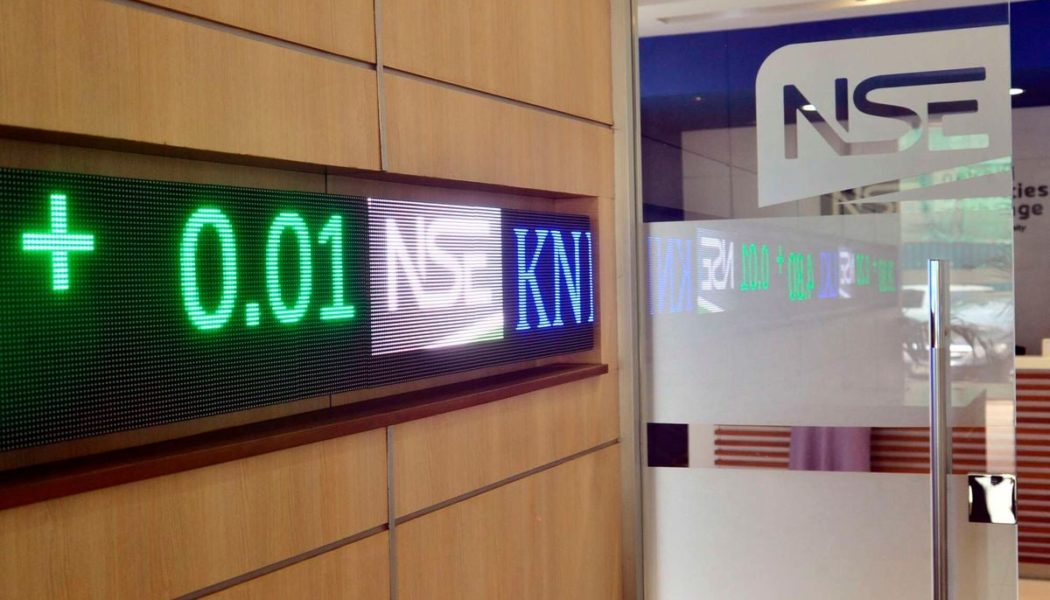
Bondholders booked a Sh14 billion profit from trade on the secondary market of the Nairobi Securities Exchange (NSE) in the second half of the year, taking advantage of high prices on infrastructure bonds.
Data from the Capital Markets Authority (CMA) shows that investors sold bonds that had a face value (or par value) of Sh309.6 billion for a consideration (traded turnover) of Sh323.6 billion in the quarter.
The profit on these sales helped them reverse a loss of Sh2.9 billion on sales made in the first quarter of the year, when they moved paper worth Sh212.4 billion at face value for a consideration of Sh209.5 billion.
The bulk of the bond sale profits reported in quarter two were on the 8.5-year infrastructure bond (IFB) that was floated in February this year. This IFB raised Sh240.9 billion on its primary sale from bids worth Sh288 billion—the highest ever subscription and acceptance rates seen on a single issuance by the Treasury.
The bond has turned out to be the most traded in the secondary market since its listing, pointing to sales by foreign investors who saw a chance to book an exchange gain on exit due to the strengthening of the shilling against the dollar from March.
In April, the bond yielded a profit of Sh3.1 billion for those who sold on the market, where they collected Sh37.7 billion on their transactions against a face value of Sh34.6 billion. In May, the bond realised Sh54.54 billion for sellers against a face value of Sh49.6 billion, therefore yielding a profit of Sh4.8 billion.
In June, the sellers’ profit on the bond stood at Sh5.7 billion, having recorded a traded turnover of Sh56.1 billion against a par value of 50.4 billion.
Overall, according to NSE data, bonds turnover at the market in the first half of the year stood at Sh777 billion, already surpassing the full-year total of Sh643.9 billion for 2023 as investors cashed in on demand for the high-paying infrastructure bonds.
The majority of IFBs have been trading at a price above Sh100—which is the par value for bonds—and at lower yields, indicating that there was high demand for the papers in the secondary market.
At the end of last week, the 8.5-year IFB traded at Sh104.53 per unit of Sh100, while its yield stood at 17.2 per cent, compared to its coupon (actual interest rate) of 18.46 per cent.
Bond yields and prices at the secondary market usually feature an inverse relationship where a rise in one marks a decline in the other.
The yields rise when risk sentiment goes up, meaning investors are willing to offer their bonds at a discount to secure buyers and in turn take up new issuances in the primary market at higher interest rates.
On the other hand, a fall in risk sentiment sends yields lower and prices higher, due to investors demanding a premium to let go of their bonds in hand on account of new issuances of similar tenor paying less in interest.









